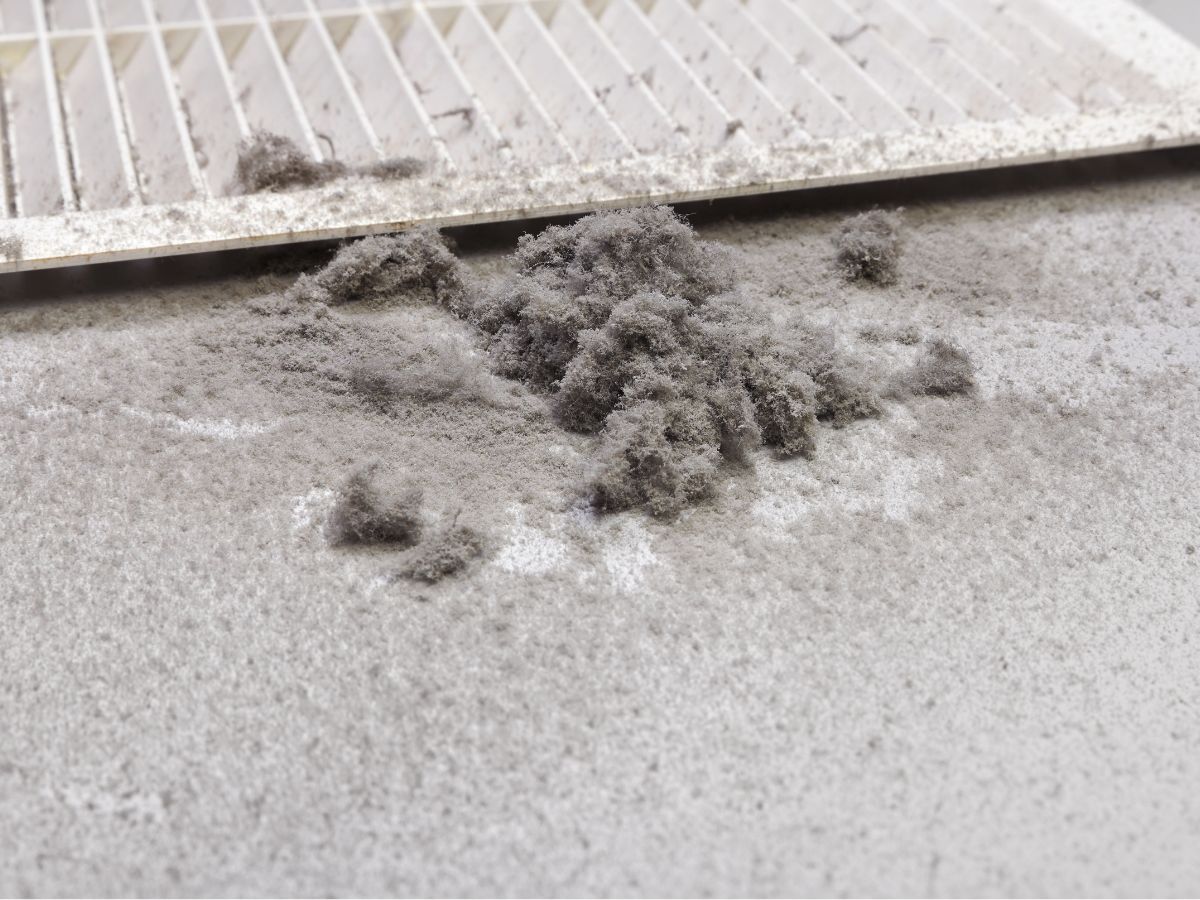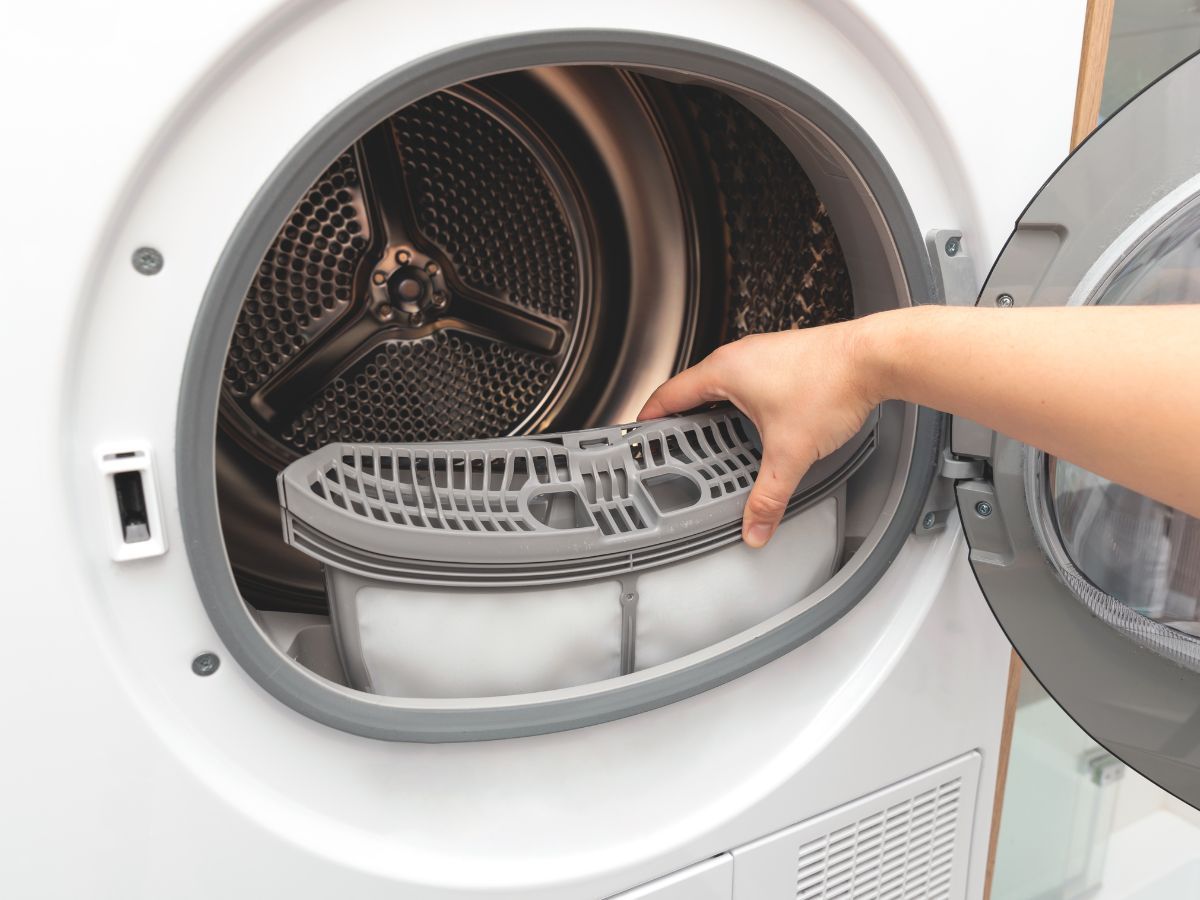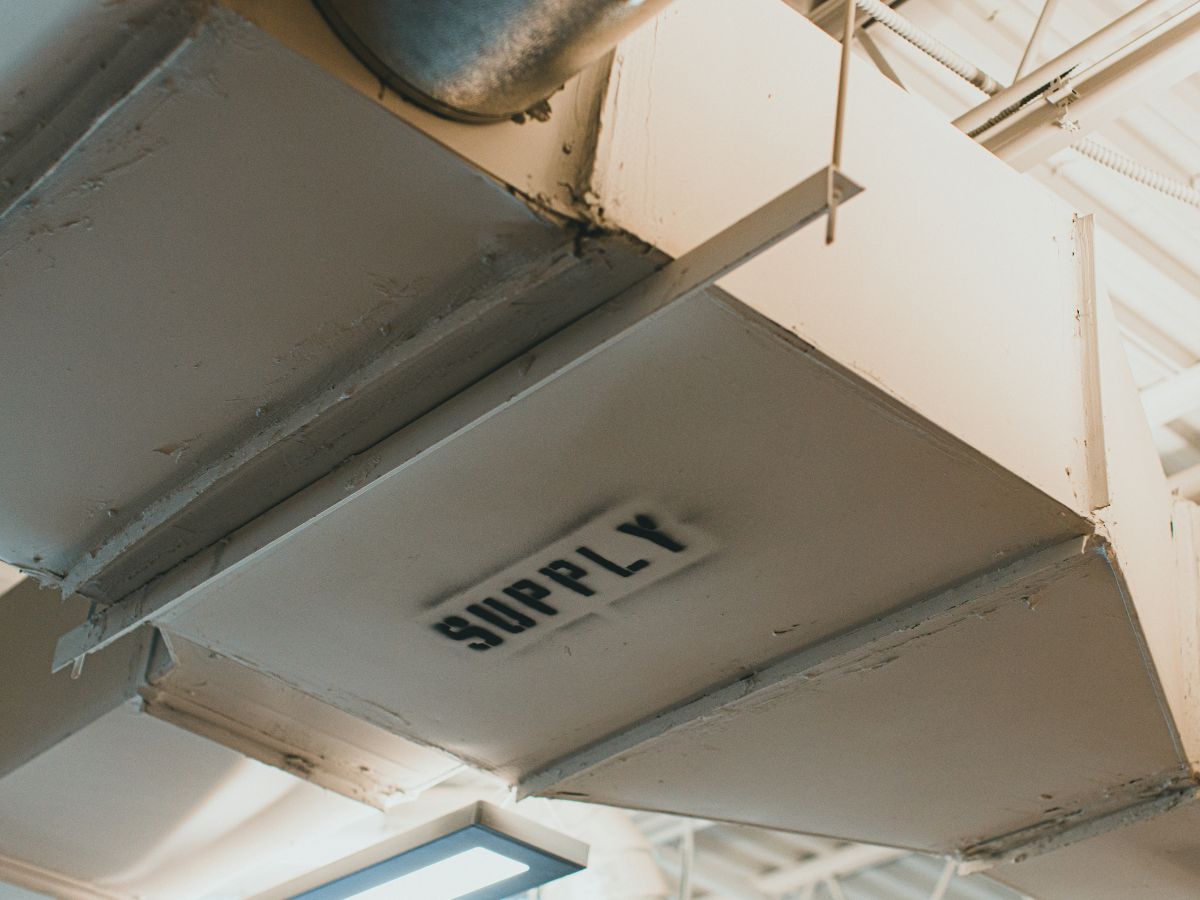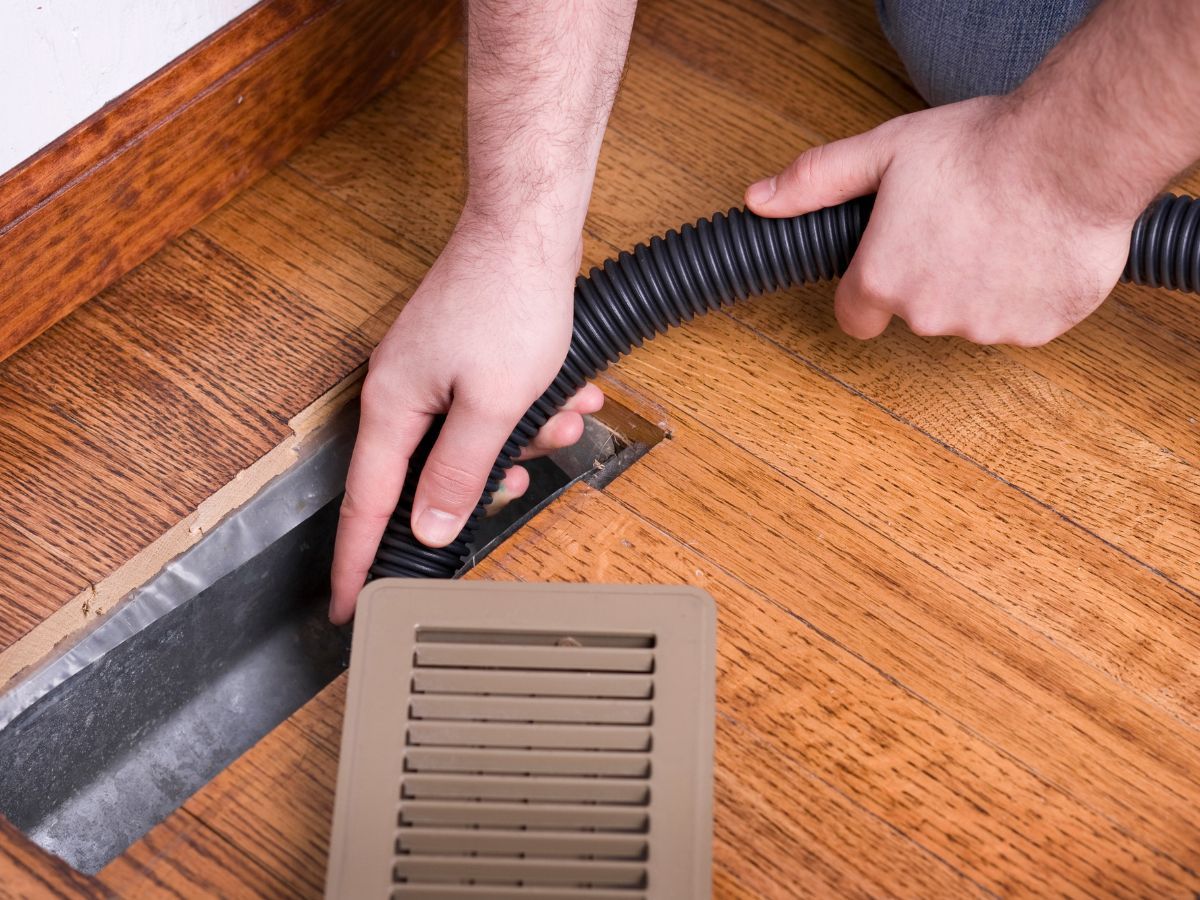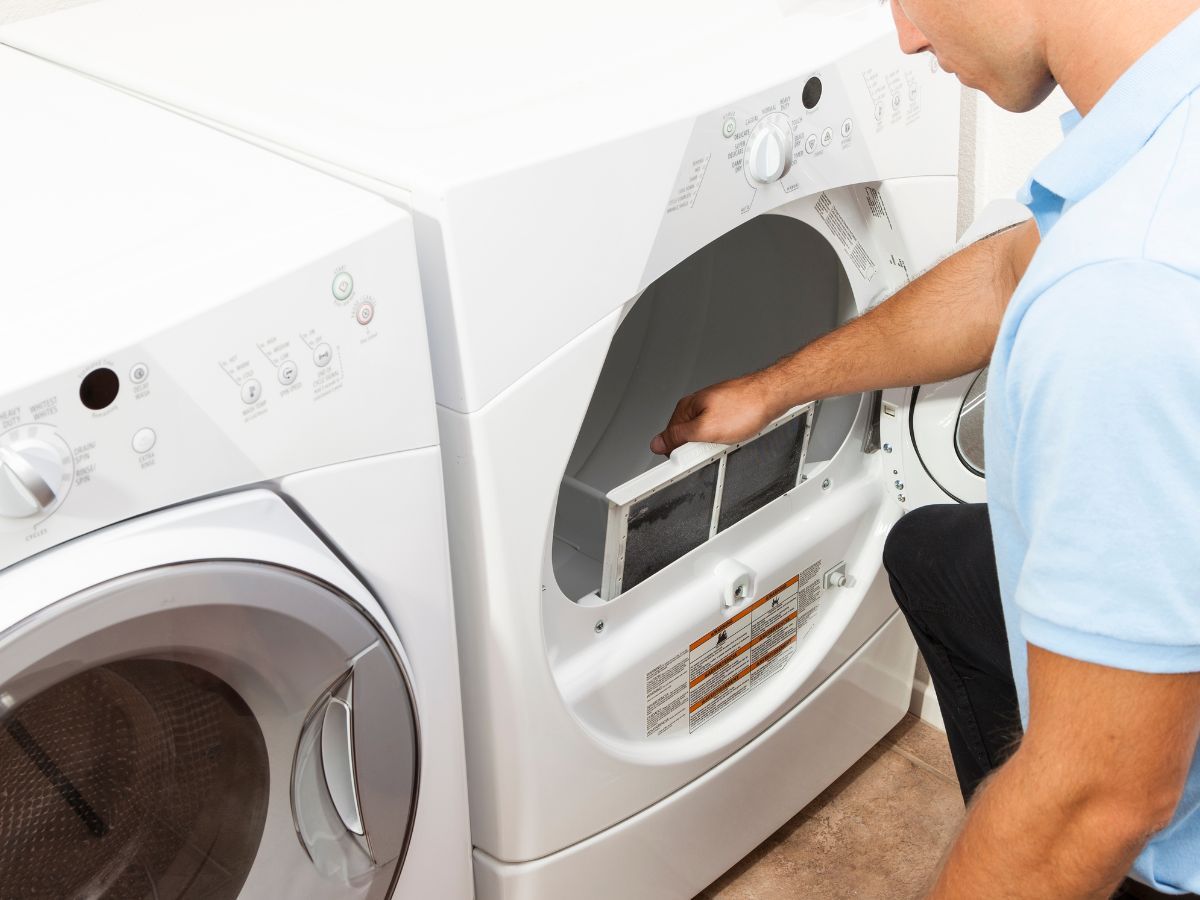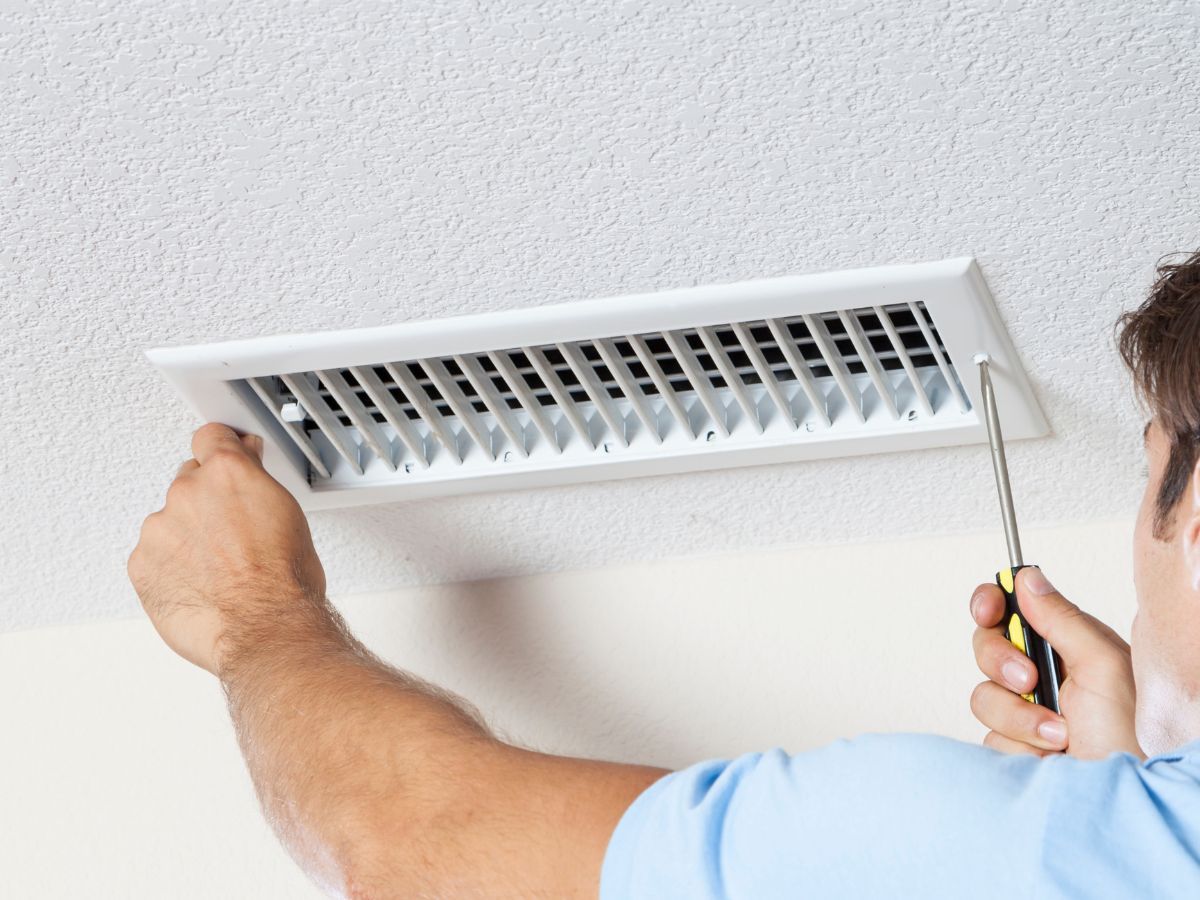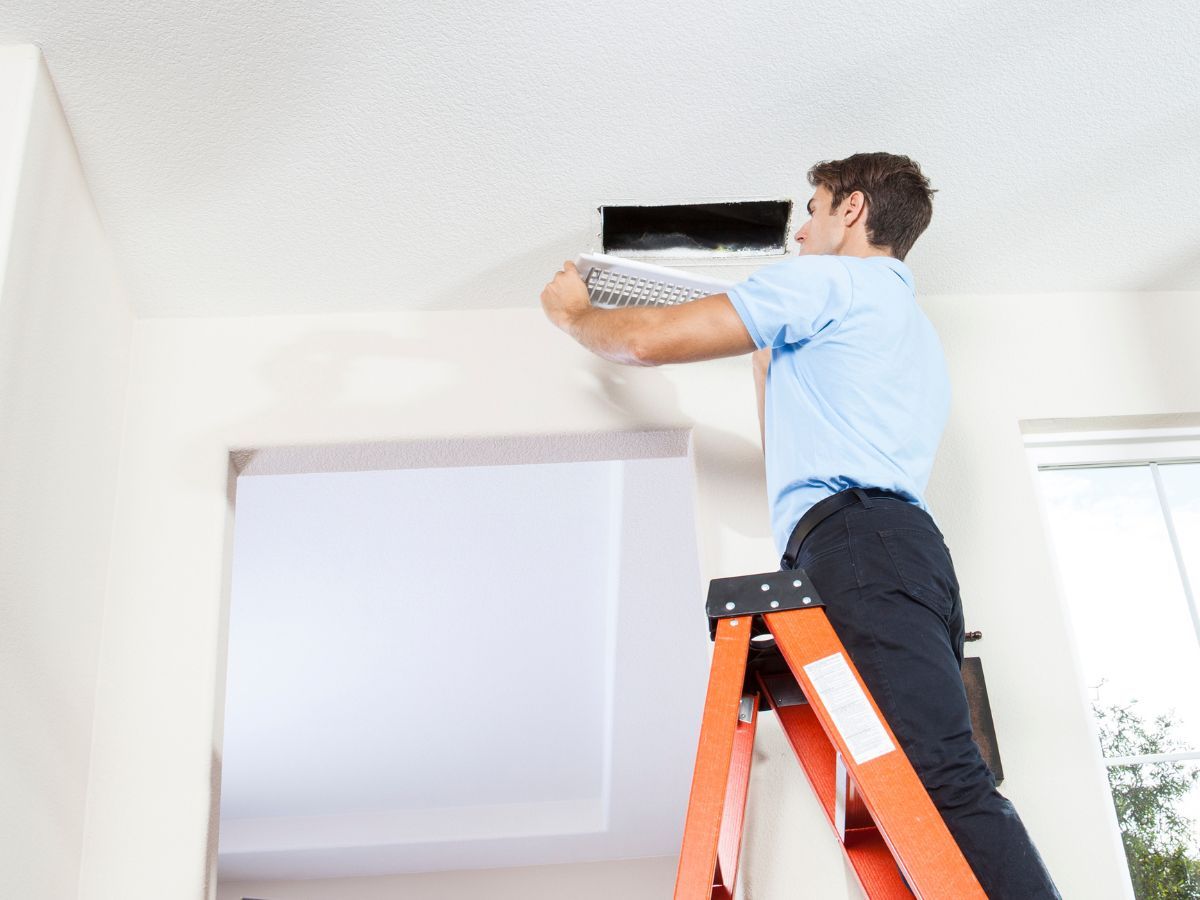What is the Average Cost of Industrial Air Duct Cleaning in Michigan City, IN?
For industrial or commercial-scale air duct cleaning near Michigan City, IN, a rough ballpark is about $450-$1,000 or more, depending on system size, layout, contamination level, and vent count.
Maintaining a clean and efficient air duct system is crucial for any industrial facility. Whether you’re managing a manufacturing plant or a large warehouse, ensuring that your air ducts are free from dust, debris, and contaminants is essential for both health and operational efficiency. One of the most common questions facility managers in Michigan City, IN, ask is about the average cost of industrial air duct cleaning. Understanding the costs involved can help you budget effectively and choose the right services for your needs.
In the sections that follow, we will delve into the factors that influence the cost of air duct cleaning, the benefits of regular maintenance, and how to select a reputable service provider. By the end of this article, you’ll have a comprehensive understanding of what to expect and how to make informed decisions regarding your facility’s air quality management.
Factors Influencing Air Duct Cleaning Costs
There are several factors that can significantly influence the cost of industrial air duct cleaning. Understanding these elements can help facility managers in Michigan City, IN, make informed decisions and allocate their budgets effectively. One primary factor is the size of the facility. Larger spaces require more extensive cleaning efforts, which can increase costs. Additionally, the complexity of the ductwork layout also plays a crucial role, as intricate systems might demand more time and specialized equipment.
The level of contamination in the air ducts is another key consideration. Facilities with high levels of dust, debris, or potential mold growth will likely face higher cleaning costs due to the additional labor and materials needed to thoroughly clean the ducts. Moreover, the type of industry can affect pricing; for instance, food processing plants might incur higher costs due to stricter hygiene standards.
Another important factor is the choice of service provider. Opting for a reputable company like Duct Crew ensures high-quality service and can impact the overall expense. They not only offer competitive pricing but also bring expertise that ensures your air ducts are cleaned efficiently and effectively. Additionally, the frequency of cleaning impacts costs; regular maintenance can prevent buildup and reduce the need for more intensive, costly cleanings.
Finally, geographical location can influence pricing due to the varying costs of labor and materials. Understanding these factors will empower you to choose the right services for your facility.
Comparing Air Duct Cleaning Services in Michigan City
When it comes to selecting the right air duct cleaning service in Michigan City, making an informed choice is critical to ensure both the efficiency and health of your industrial facility. With several service providers available, it’s important to compare their offerings and understand what sets each apart. The first step in this process is to evaluate the reputation and expertise of the company. A reputable provider like Duct Crew is known for its high-quality service and competitive pricing, making them a preferred choice for many facility managers.
Another key aspect to consider is the range of services offered. Comprehensive air duct cleaning should include inspection, cleaning, and maintenance services tailored to the specific needs of your industry. For instance, facilities with intricate duct systems or those in the food processing sector may require specialized equipment and procedures. Duct Crew excels in providing customized solutions that meet these diverse requirements, ensuring your air ducts are maintained to the highest standards.
It’s also essential to assess the technology and methods used by the cleaning service. Advanced cleaning techniques not only ensure thorough removal of contaminants but also improve the longevity and performance of your HVAC system. Duct Crew utilizes state-of-the-art equipment that enhances cleaning efficiency and reduces downtime, an important consideration for large facilities in Michigan City.
Lastly, consider the customer support and guarantees offered by the service provider. A company that stands behind its work, like Duct Crew, often provides warranties or follow-up services to guarantee satisfaction. This commitment to quality service can significantly impact your overall experience and assure you of long-term benefits from your investment.
By taking into account these factors and comparing the available options, you can choose an air duct cleaning service that aligns with your facility’s needs and budget.
Affordable Industrial Air Duct Cleaning Options
Exploring affordable options for industrial air duct cleaning is crucial for facility managers in Michigan City who aim to balance quality and cost effectively. While the factors influencing costs, such as facility size, ductwork complexity, and contamination levels, have been discussed, finding a service provider that offers competitive pricing without compromising on quality is key. Duct Crew stands out in this regard, offering a range of cost-effective solutions tailored to meet different industry requirements.
One way to achieve affordability is through routine maintenance. Regular cleaning schedules prevent excessive buildup of contaminants, which can lead to higher costs for more intensive cleanings. By establishing a consistent maintenance plan, you not only safeguard the health and efficiency of your facility but also manage expenses more predictably.
Additionally, selecting a service provider that employs advanced technology can lead to cost savings. Modern cleaning techniques enhance efficiency and reduce the time required for each session, translating into lower labor costs. Duct Crew’s use of state-of-the-art equipment ensures thorough cleaning while minimizing downtime, which is particularly beneficial for larger facilities.
Moreover, consider leveraging customized service packages that align with the specific needs of your industry. By tailoring services to your facility’s unique requirements, you can avoid unnecessary expenses on services that do not add value. Duct Crew offers such customized solutions, ensuring that you receive the most pertinent services for your investment.
Lastly, explore any available discounts or promotions that reputable companies like Duct Crew may offer. These can provide substantial savings, especially for facilities that require frequent or large-scale cleaning services.
Benefits of Regular Air Duct Maintenance in Indiana
Maintaining your industrial facility’s air duct system is not just about managing costs and choosing the right service provider. Regular air duct maintenance in Indiana offers numerous benefits that enhance both operational efficiency and the health of your facility. Here are some compelling reasons to prioritize routine maintenance:
1. Enhanced Air Quality
Regular maintenance ensures that your air ducts are free from dust, debris, and contaminants, significantly improving the air quality within your facility. This is particularly important in industries where air quality is critical, such as food processing. By ensuring clean air, you protect the health of your employees and maintain compliance with industry standards.
2. Increased Energy Efficiency
Clean air ducts allow your HVAC system to operate more efficiently, reducing energy consumption and lowering utility costs. By preventing blockages and buildup, your system can circulate air more effectively, which is especially vital for large facilities in Michigan City. This efficiency not only saves money but also supports environmental sustainability efforts.
3. Extended Equipment Lifespan
Regular cleaning and maintenance prevent wear and tear on your HVAC system, extending its lifespan. By investing in routine maintenance, you reduce the likelihood of costly repairs or premature replacements, ensuring that your system continues to function optimally for years to come.
4. Reduced Downtime
Scheduled maintenance helps identify potential issues before they become major problems, minimizing unexpected downtime. For industrial facilities where operational continuity is crucial, such as manufacturing plants, this proactive approach ensures that productivity remains uninterrupted.
5. Cost-Effective Solutions
As discussed in previous sections, routine maintenance is a cost-effective strategy that prevents the need for intensive cleaning and repairs. By establishing a maintenance schedule, facility managers in Michigan City can better predict expenses and allocate budgets effectively.
Final Thoughts On Air Duct Cleaning
In conclusion, maintaining your industrial facility’s air duct system through regular cleaning and maintenance is an investment in both operational efficiency and employee health. Key factors influencing the cost of air duct cleaning include facility size, ductwork complexity, and contamination levels, all of which can significantly impact your budget. By choosing a reputable provider like Duct Crew, you ensure high-quality service that meets industry standards without compromising on cost-effectiveness.
Regular maintenance not only enhances air quality and energy efficiency but also extends the lifespan of your HVAC system while reducing downtime. This proactive approach allows facility managers in Michigan City to manage expenses more predictably and avoid costly repairs. By leveraging advanced technology and tailored service packages, Duct Crew provides customized solutions that align with your facility’s unique needs.
Take the next step towards optimizing your facility’s air quality management by exploring the affordable and comprehensive options offered by Duct Crew. Ensure your facility operates at its best by prioritizing regular air duct maintenance with a trusted partner.
Frequently Asked Questions
What factors affect the cost of industrial air duct cleaning in Michigan City, IN?
The cost of industrial air duct cleaning in Michigan City, IN, is influenced by several factors. The size of the facility plays a significant role, as larger spaces require more extensive cleaning efforts. The complexity of the ductwork layout can also impact costs, with intricate systems potentially demanding more time and specialized equipment. Additionally, the level of contamination in the ducts affects pricing; facilities with high dust or mold levels may face higher costs due to the need for additional labor and materials. The type of industry is another factor, with some sectors like food processing having stricter hygiene standards. Choosing a reputable service provider and the frequency of cleaning also play a role in determining costs.
How often should industrial air ducts be cleaned in Michigan City, IN?
The frequency of industrial air duct cleaning in Michigan City, IN, depends on various factors, including the type of industry and the level of contaminants present. However, regular maintenance is recommended to prevent excessive buildup of dust and debris, which can lead to higher cleaning costs. Establishing a routine cleaning schedule helps maintain optimal air quality and energy efficiency, reducing the risk of unexpected repairs and prolonging the lifespan of HVAC systems. For more specific guidance tailored to your facility’s needs, consulting with a reliable service provider like Duct Crew is advisable.
Why is regular industrial air duct cleaning important for businesses?
Regular industrial air duct cleaning is crucial for businesses to ensure enhanced air quality, energy efficiency, and equipment longevity. By keeping air ducts free from dust and contaminants, facilities can protect employee health, particularly in industries where air quality is critical, such as food processing. Clean ducts also improve HVAC performance, reducing energy consumption and lowering utility costs. Routine cleaning prevents wear and tear on HVAC systems, extending their lifespan and minimizing the need for costly repairs or replacements. Additionally, it helps avoid unexpected downtime, maintaining operational continuity in industrial facilities.
How can I find a reliable air duct cleaning service in Michigan City, IN?
To find a reliable air duct cleaning service in Michigan City, IN, start by evaluating the reputation and expertise of potential providers. A company like Duct Crew is known for its high-quality service and competitive pricing. Assess the range of services offered to ensure they meet your facility’s specific needs, including inspection, cleaning, and maintenance. Consider the technology and methods used, as advanced techniques enhance cleaning efficiency. Finally, review the customer support and guarantees provided, ensuring the company stands behind its work with warranties or follow-up services.

